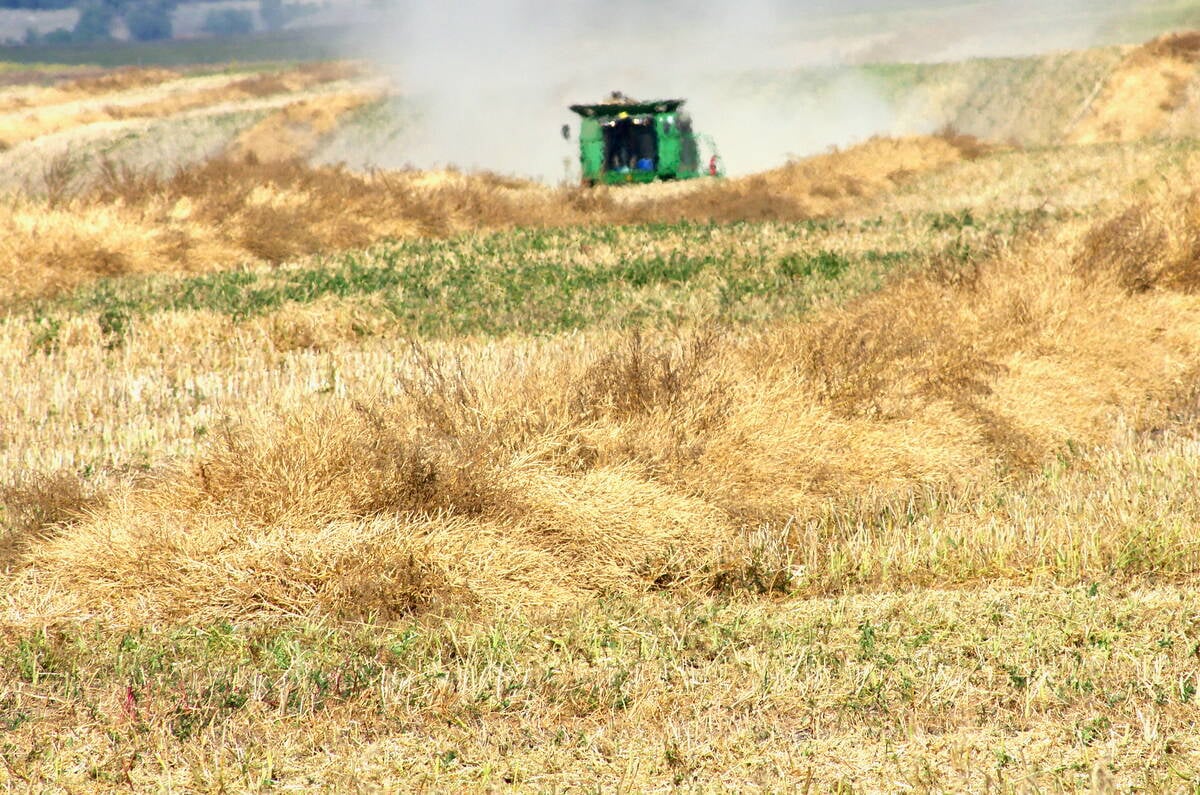Canada’s farming community could benefit from a $34 million centre that predicts natural disasters such as floods and droughts.
The proposed Disaster Information Centre, to be located in Winnipeg, would pull together climate information to warn of natural disasters. Part of that information would be drawn from a satellite orbiting the Earth.
David Barber, an advocate of the project, said it could help protect farming communities from the perils posed by floods and droughts.
“We’re trying to manage uncertainty,” said Barber, director of the University of Manitoba’s Centre for Earth Observation Science. “We’re going to be doing the research that allows us to reduce that uncertainty by giving proper information ahead of time.”
Read Also

Manitoba searches for Plan B on canola oil exports
A new report explores Manitoba’s current canola oil trade and possible alternative markets to the U.S.
Flood and drought predictions would be based on computer modeling, in which a computer is fed data to foretell of a natural disaster. Data would be drawn from traditional sciences such as hydrology and climatology, as well as remote images of the Earth recorded by satellite.
“There’s very good evidence to suggest that we’re moving into a period where both extreme weather events and disasters are increasing,” said Barber, a geography
professor.
“These extreme weather events and the prediction of them is one of the focuses we have at the Centre for Earth Observation Science.”
With the aid of satellite mapping of the Earth, the centre could monitor floods and droughts as they unfold. That would reveal what areas are affected and what areas remain at risk, Barber said. Emergency organizations could then use that information to protect lives and property.
“It’d make a big difference in livestock sectors, when you need to make decisions about moving 500 head of cattle or 1,000 pigs and things like that.”
Facility and staff
The disaster information centre would be housed in a 10,000-square-foot building at the University of Manitoba. It would employ as many as 24 people, including scientists, university faculty and support staff.
Funding is being sought from the federal and provincial governments, as well as the Canadian Space Agency.
The space agency already has one satellite dedicated to its Earth observation programs. The disaster information centre is seen as a way to extend the benefits of that technology.
“The same satellite could be used for many other applications,” said Florian Guertin, manager of the space agency’s Earth observation programs. “You need to look at the long-term trends. For example, do we need to develop different varieties of canola or wheat to withstand drier conditions?”
Researching ways to better forecast natural disasters would be a big part of the disaster information centre’s role. Barber hopes they could one day foretell exactly where a drought will occur, how severe it will be, and how long it will last. That knowledge could then be used by governments and other agencies to predict lost yields and to plan for compensation or disaster assistance.














